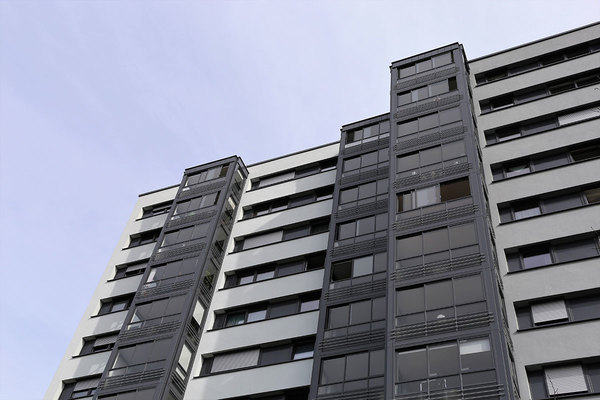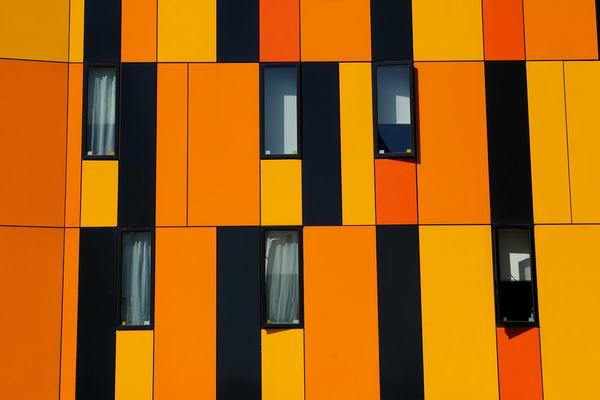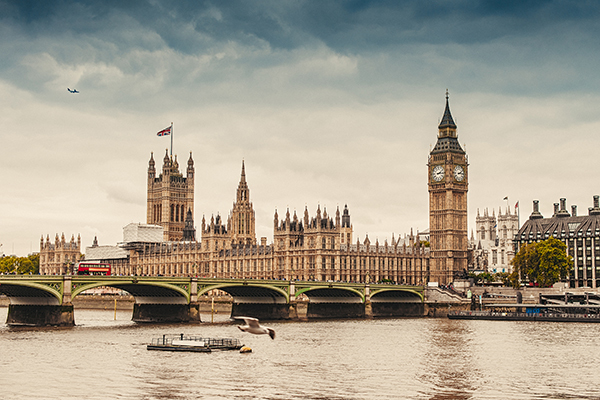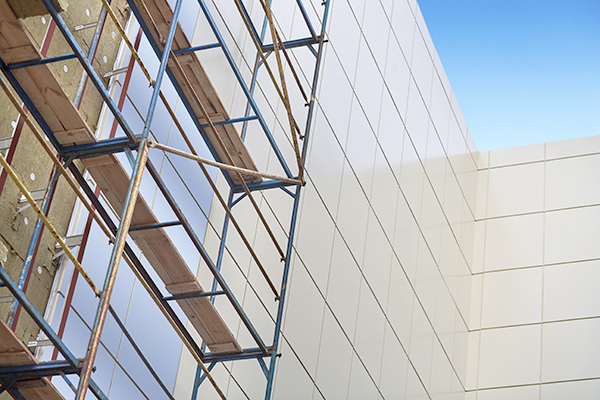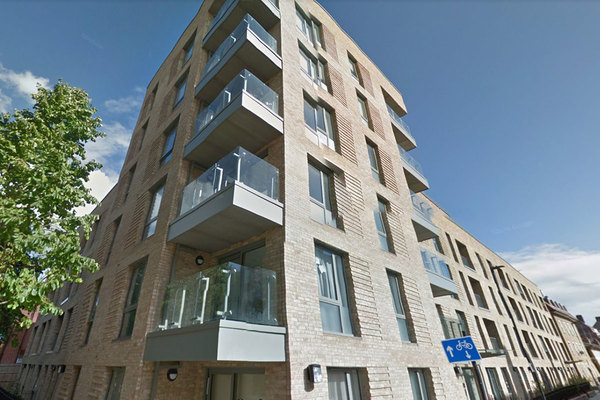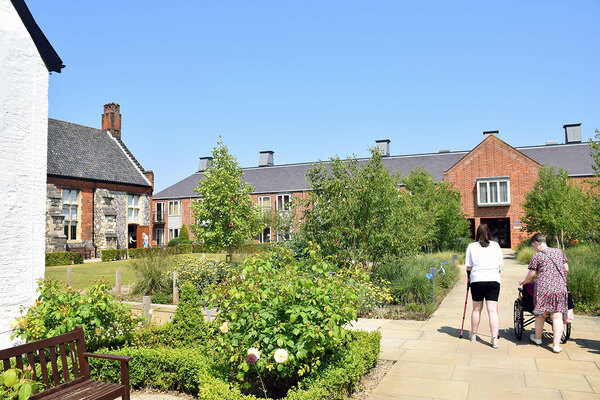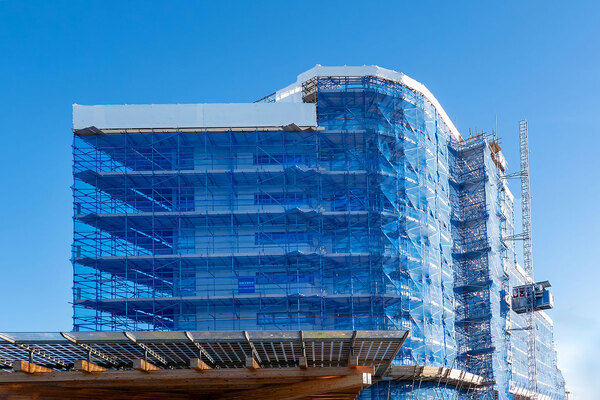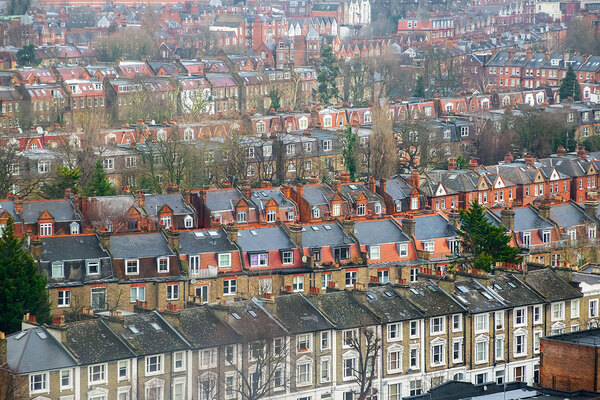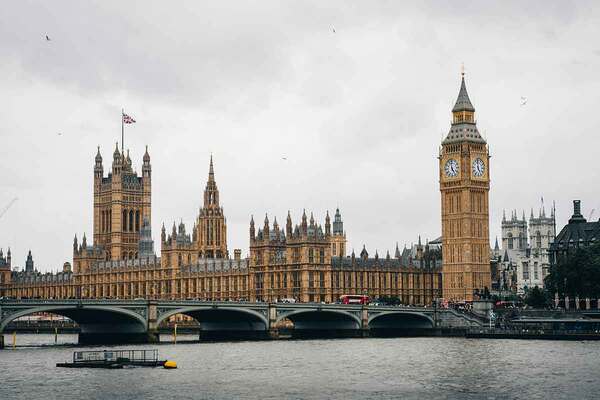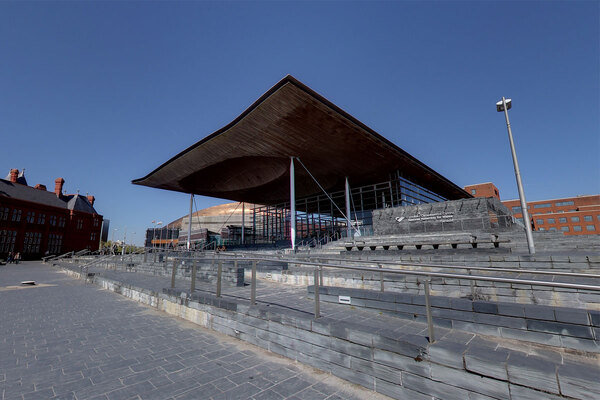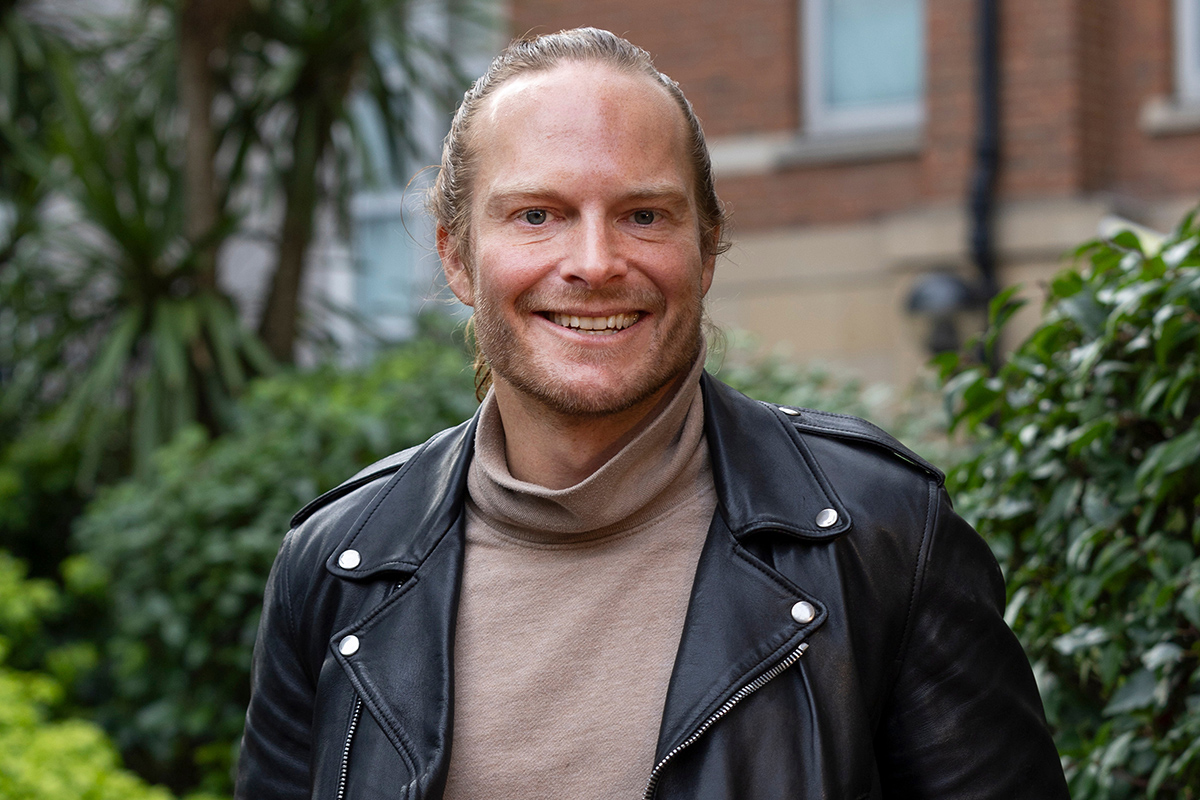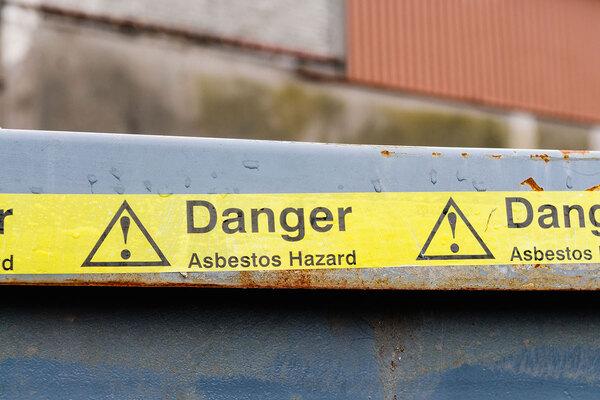List of 66 local authorities with dangerous cladding on blocks revealed
The government has released a list of local authorities with high-rise blocks that have dangerous cladding systems.
In its latest update on the progress of removing cladding, it confirmed that 80 local authorities in England have at least one such building.
The government, however, listed only 66 local authorities, excluding those that had fewer than 10 total high-rise residential buildings, whether they have cladding or not. This was done in order to prevent the identification of individual buildings.
Of the 66 named, 10 were confirmed as having 11 or more buildings – either social or private housing – with cladding systems that failed large-scale tests.
These were: Brent, Bristol, Greenwich, Leeds, Manchester, Newham, Salford, Tower Hamlets, Wandsworth and Westminster.
The local authority containing the prime minister’s constituency, Windsor & Maidenhead, was also named as containing between one and five buildings with cladding systems that have failed large-scale tests.
Last night, the government doubled its estimate of the number of private blocks in the country with dangerous cladding, up from 138 to 297. Including social housing tower blocks, this means the total number of blocks thought to have dangerous cladding has risen to 470.
Of this 470, 19 have finished the necessary work required, 15 of which are social housing blocks and four are private blocks.
The increased number, the government revealed, was the result of local authorities gathering information from various sources.
They have assessed over 6,000 high-rise private sector buildings to identify an additional 156 buildings with similar cladding systems to those which have failed large-scale tests.
Of the 297 private blocks, local authorities are only aware of plans to remediate 72. Of these, 21 have started and four have completed.
The government has said it is “confident that the vast majority of buildings with cladding systems which are unlikely to meet current building regulations guidance have been identified”.
It acknowledged, however, that although it has tested all 680 samples it was sent of aluminium composite material (ACM) cladding – the same kind used on Grenfell – it has not tested any of the 1,334 non-ACM materials.
Local authorities with one to five buildings with a cladding system that failed large-scale tests (any sector)
| Barking and Dagenham | Harrow | Reading |
| Bedford | Havering | Redbridge |
| Birmingham | Hillingdon | Richmond upon Thames |
| Bournemouth | Hounslow | Sandwell |
| Brighton and Hove | Kensington and Chelsea | Sefton |
| Bromley | Kirklees | Slough |
| Calderdale | Leicester | Stockton-on-Tees |
| Cambridge | Lewisham | Sunderland |
| City of London | Lincoln | Sutton |
| Croydon | Medway | Trafford |
| Ealing | Norwich | Waltham Forest |
| Elmbridge | Oldham | Windsor and Maidenhead |
| Gateshead | Plymouth | Wolverhampton |
| Hammersmith and Fulham | Poole | |
| Harlow | Portsmouth |
Local authorities with six to 10 buildings with a cladding system that failed large-scale tests (any sector)
| Barnet | Islington | Nottingham |
| Bradford | Lambeth | Sheffield |
| Camden | Liverpool | Southwark |
| Hackney | Merton | |
| Haringey | Newcastle upon Tyne |
Local authorities with 11 or more buildings with a cladding system that failed large-scale tests (any sector)
| Brent | Manchester | Wandsworth |
| Bristol | Newham | Westminster |
| Greenwich | Salford | |
| Leeds | Tower Hamlets |
